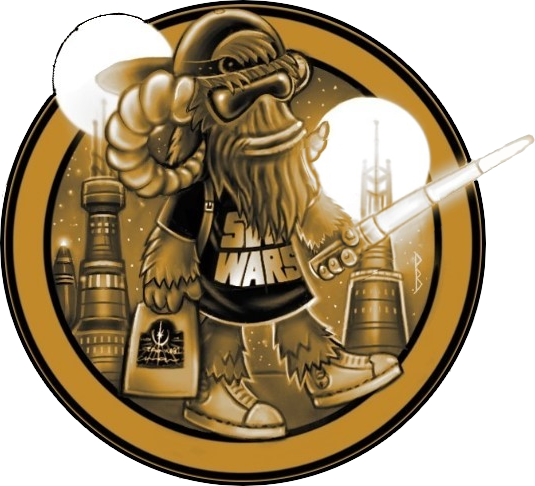Few people have gone to space, and several of us do not have that dream. Even without space exploration, we experience it every day. Some of our daily use items are for space exploration. We use these things to save lives, enhance health, improve environmental conservation, create durable goods, and so on.
For instance, we use a computer mouse to play no deposit bonus games in https://drfun-gry.com/darmowe-gry-hazardowe/, complete office work, watch videos, etc. Below, we will discuss other items we use often, but scientists made for outer space.
- Embedded web technology and Internet of Things – NASA made embedded web technology to help its astronauts carry out and monitor various experiments on ISS. This technology works remotely over the internet. Originally it was NASA’s only property. Today, it is open to the public. The Internet of Things emerged from embedded web technology. IoT helps us establish connections between many electronic devices to the internet to enable remote access. Today we use IoT in our cities, homes, and workplaces to smarten up our daily lives.
- Camera sensor – Camera sensors make photography more captivating. However, these were originally for space exploration. For instance, the CMOS (Contemporary Metal Oxide Semiconductor) is an image sensor for use in space. When Eric Fossum (a NASA scientist) made CMOS sensors and discovered they were noisy and problematic, he designed the CMOS active pixel sensors. These use CCD (Charge Coupled Device) technology and are in the public domain today. They took the digital imaging industry by storm and are in modern smartphones.
- GPS network – We have GPS networks in our daily-use items like phones. They enable us to locate places we are unfamiliar with anywhere on earth.GPS is among the many satellites that NASA made for space adventures. Today it has improved navigation, producing instant Google Maps to indicate the locations one wants to find. We expect many uses of GPS to emerge as technologies like machine learning and artificial intelligence expand.
- Artificial limbs – Artificial limbs have applications in the healthcare sector. Before, artificial limbs were for space vehicles. Today, they make artificial human limbs more usable, comfortable, real, and long-lasting.
- Firefighting machinery – Have you ever thought about the firefighters’ suits? These are flame-resistant suits consisting of polymers for space use. Advanced firefighting suits have breathing systems mimicking the life support systems for space explorers. Firefighting suits also contain a circulating coolant that protects wearers from burning.
- Tires – Radial tires from the Goodyear Tire and Rubber Company feature the Viking Lander parachute shrouds’ material. The material belongs to NASA and is better than steel in terms of strength. Hence, these tires cover several miles without showing wear and tear signs.
- Invisible braces – Have you seen or used invisible teeth braces? These are original inventions of NASA and Ceradyne. The two companies made a transparent material for protecting radar equipment while enabling the signal to travel. This same material enabled Ceradyne and Unitek Corporation/3M to make invisible braces.
Conclusion
We have many daily-use items associated with NASA. Some worth mentioning is Lasik, fried-dried food, baby formula, memory foam, camera phones, portable computer, and camera phones. With these and more, we can experience space without touring it. Also, these NASA items enable us to improve the quality of life and save time and money.

